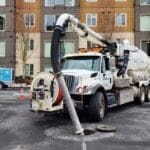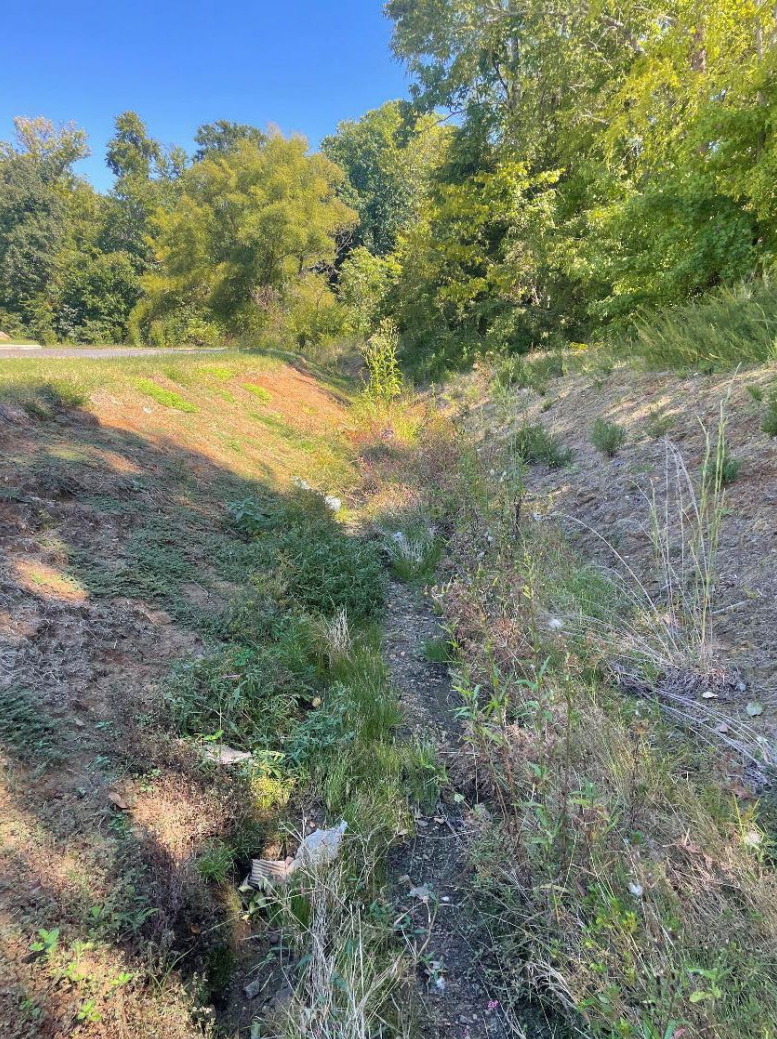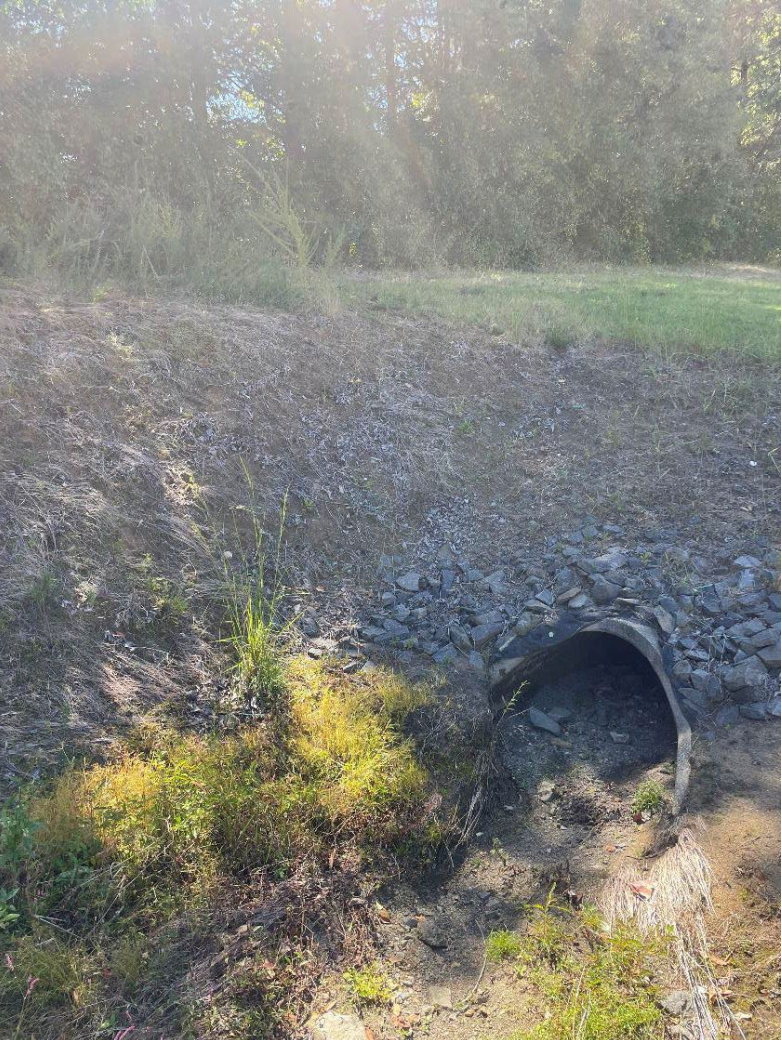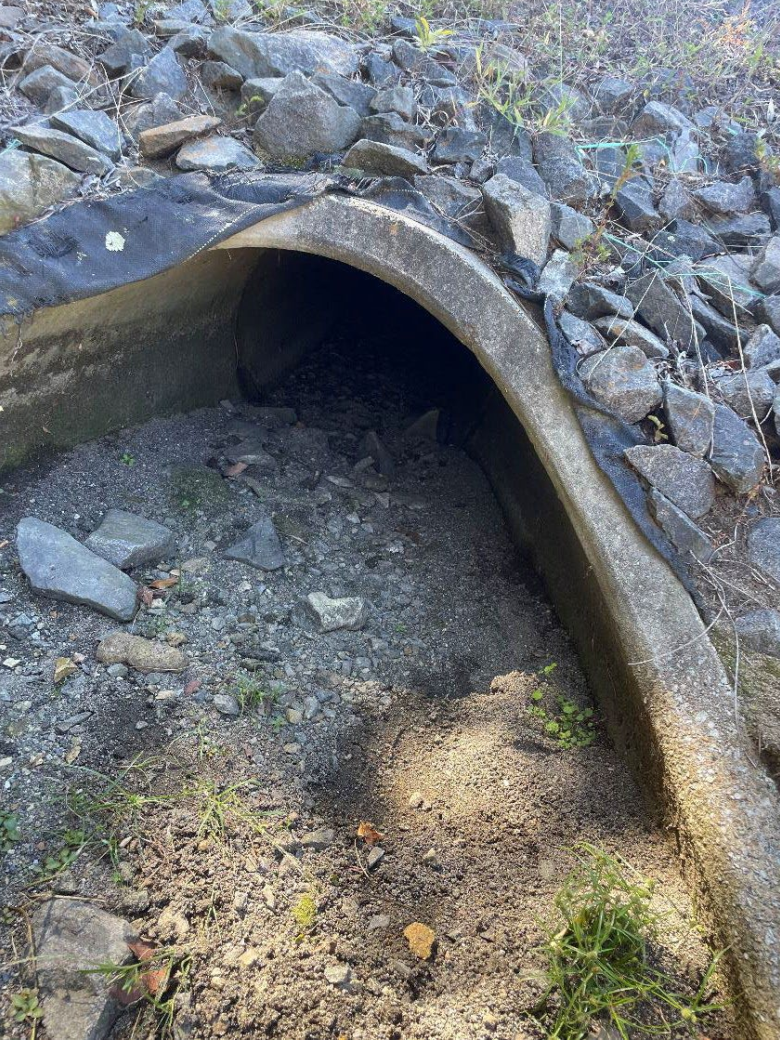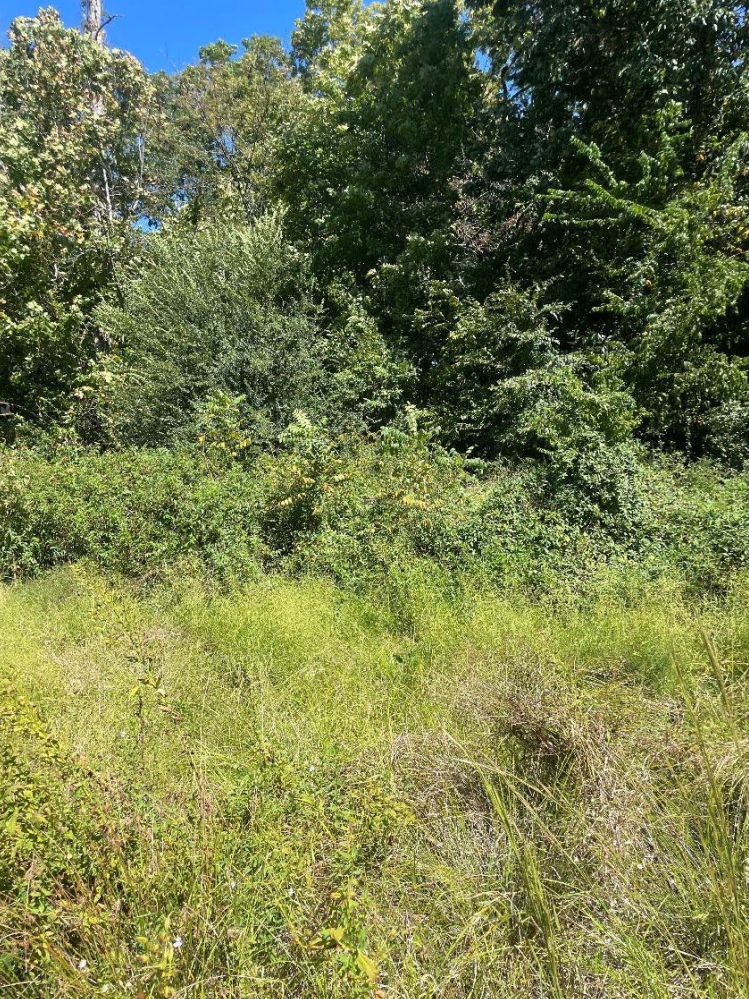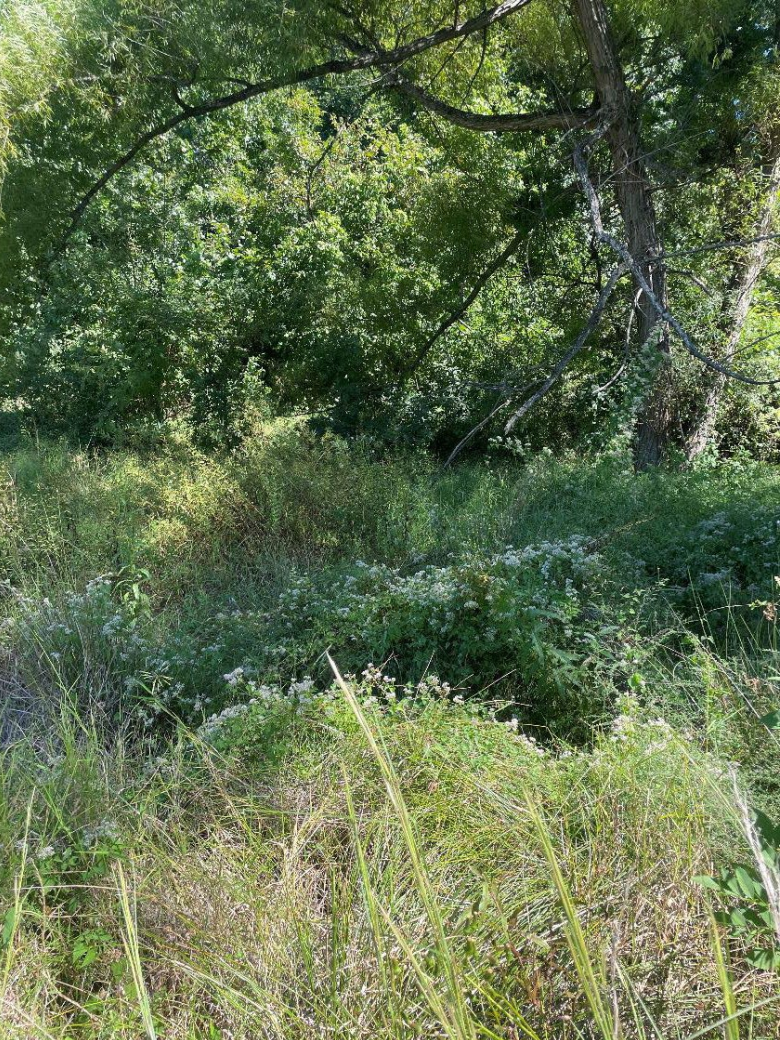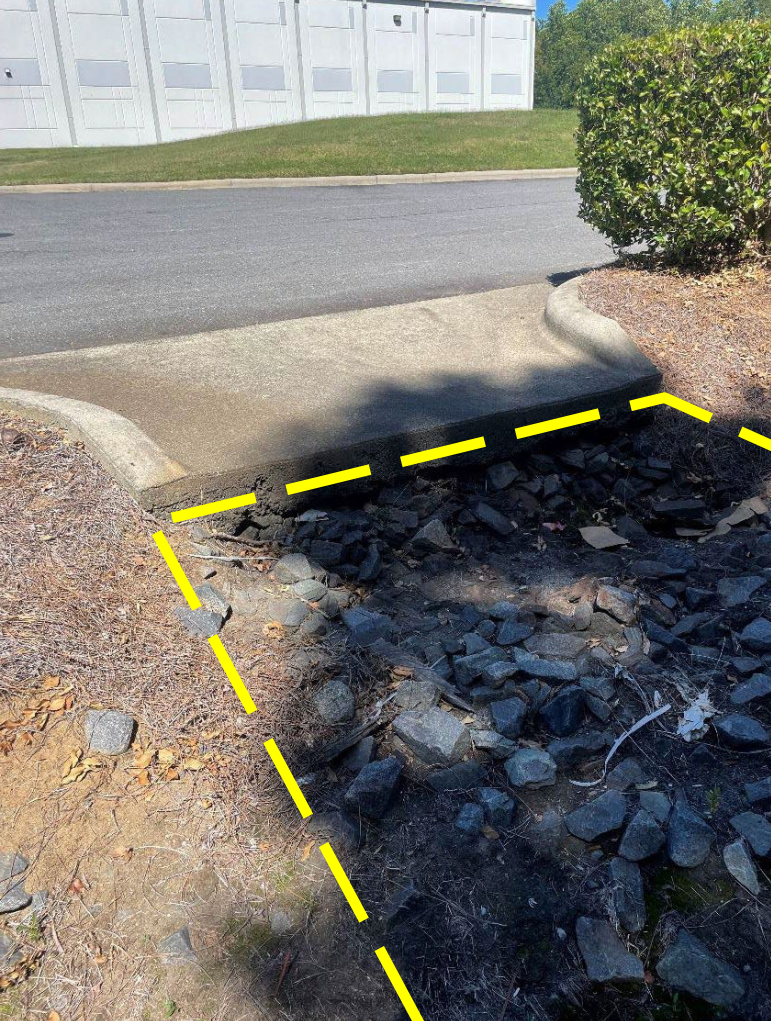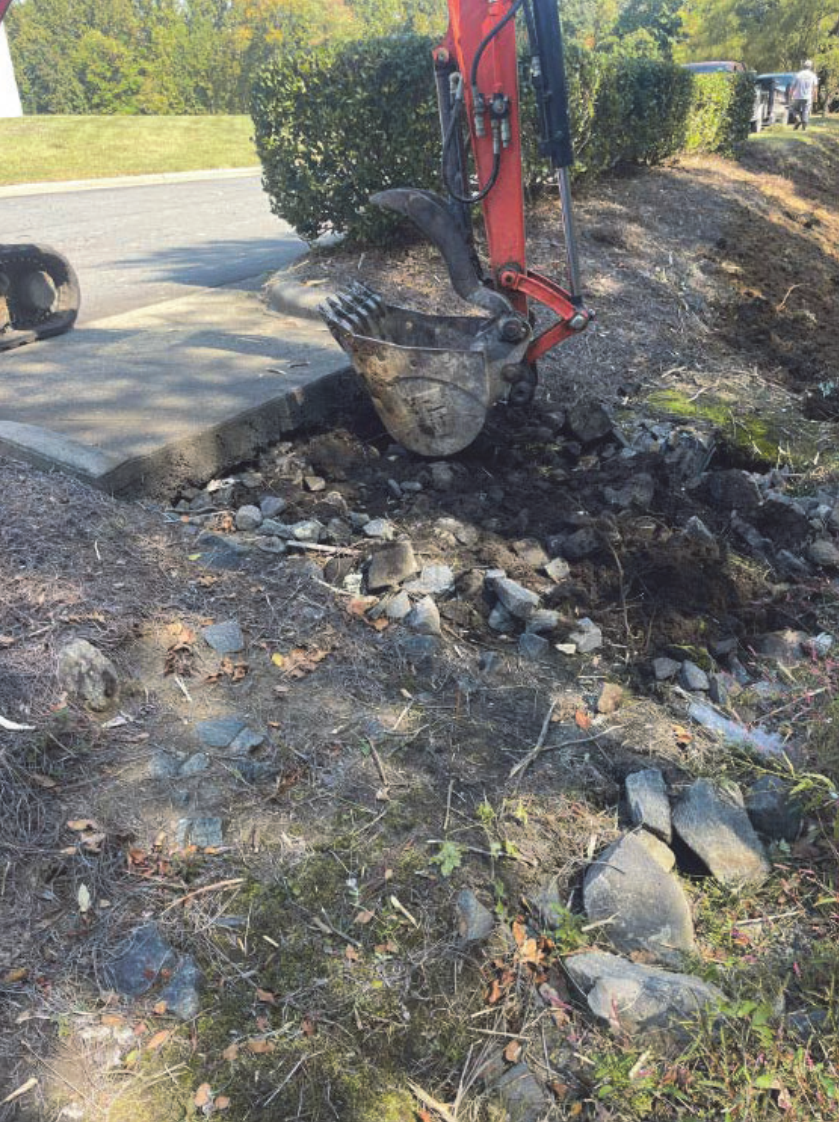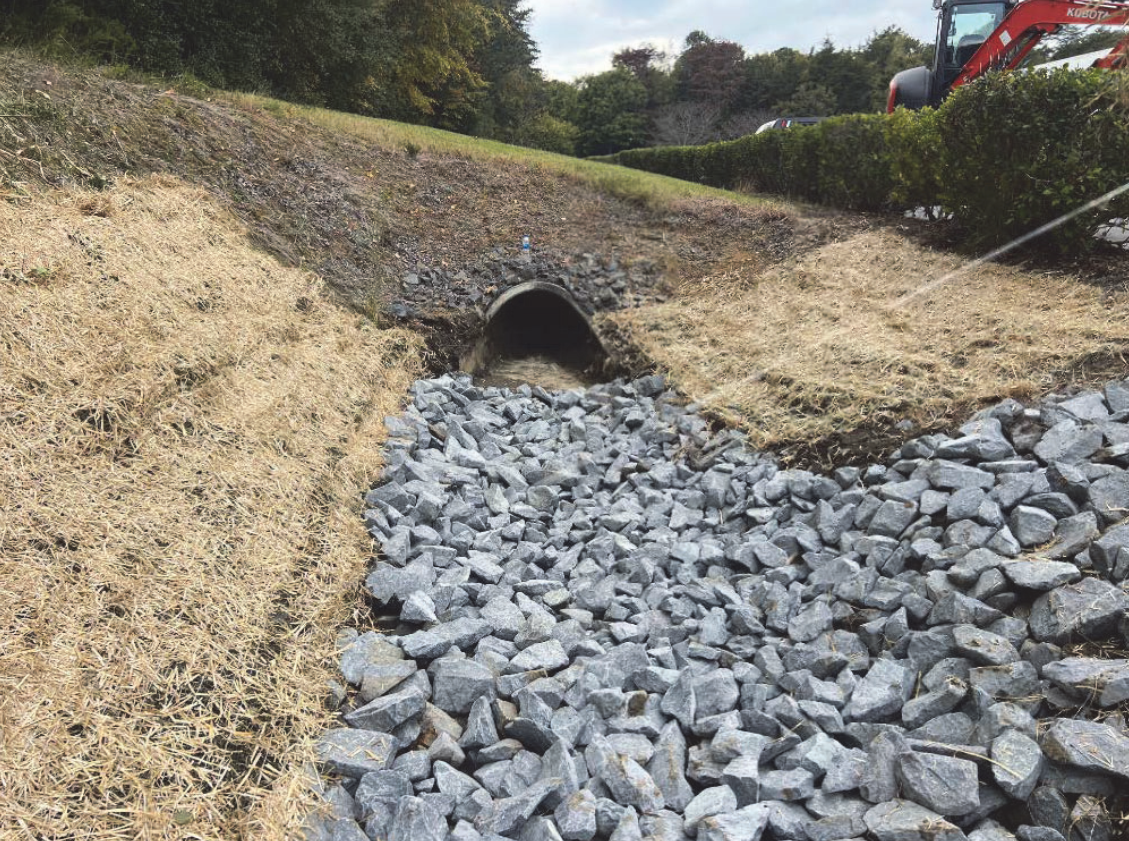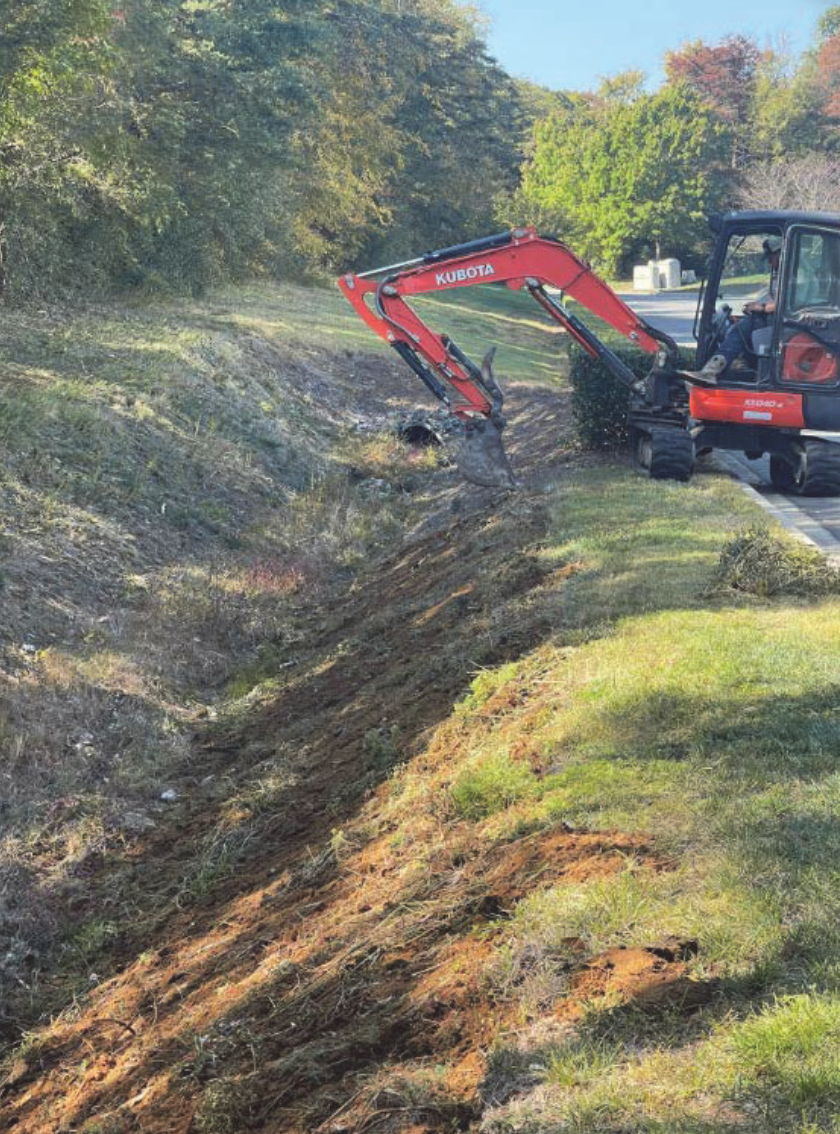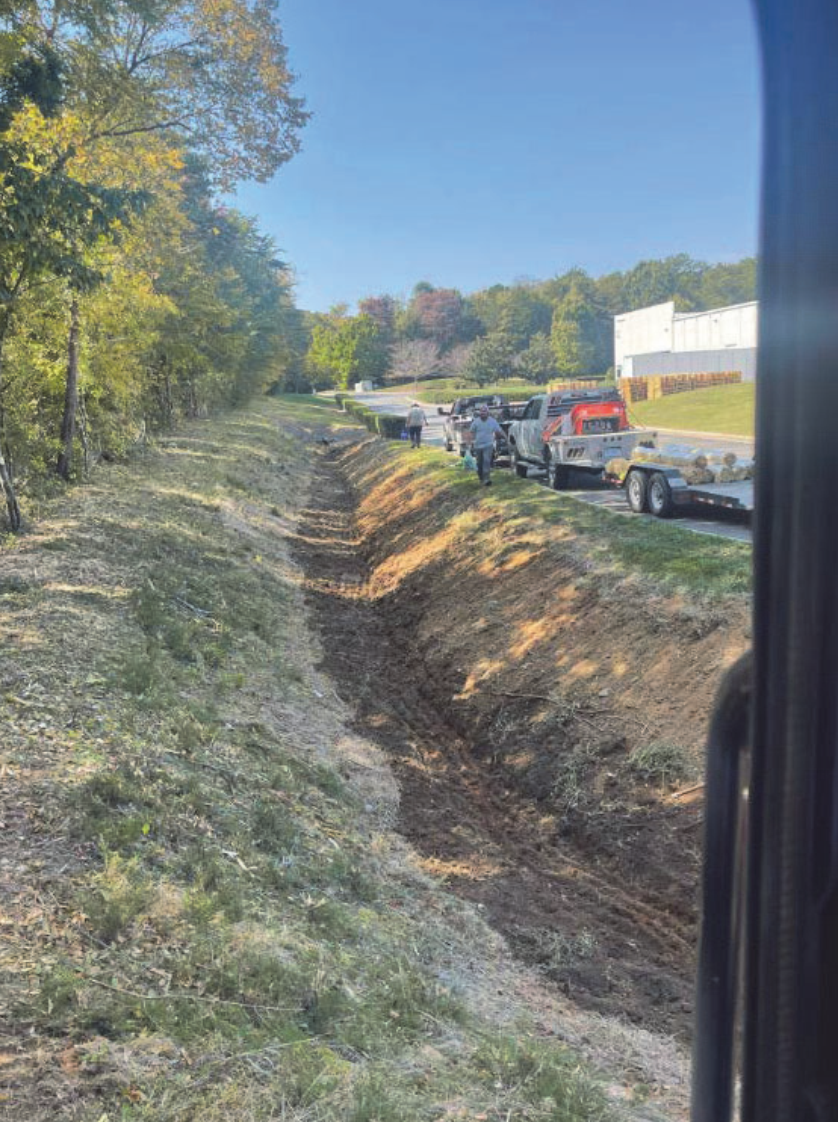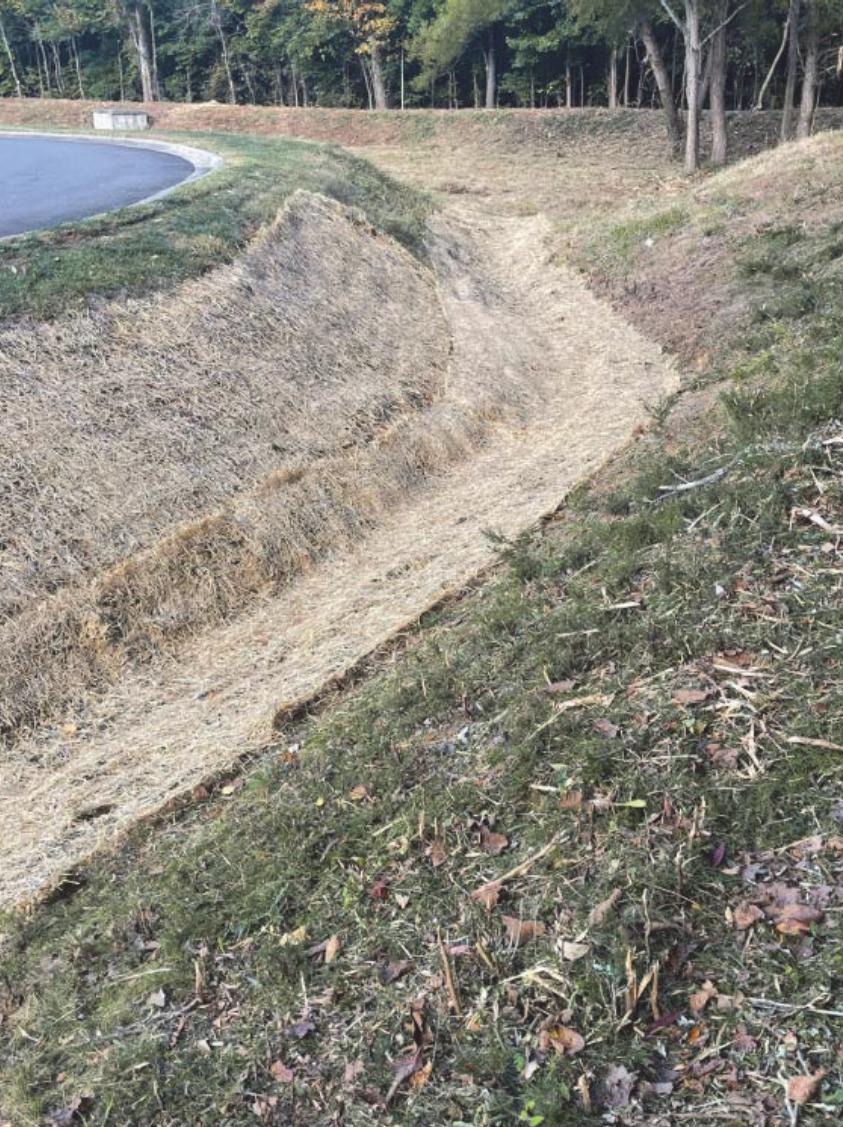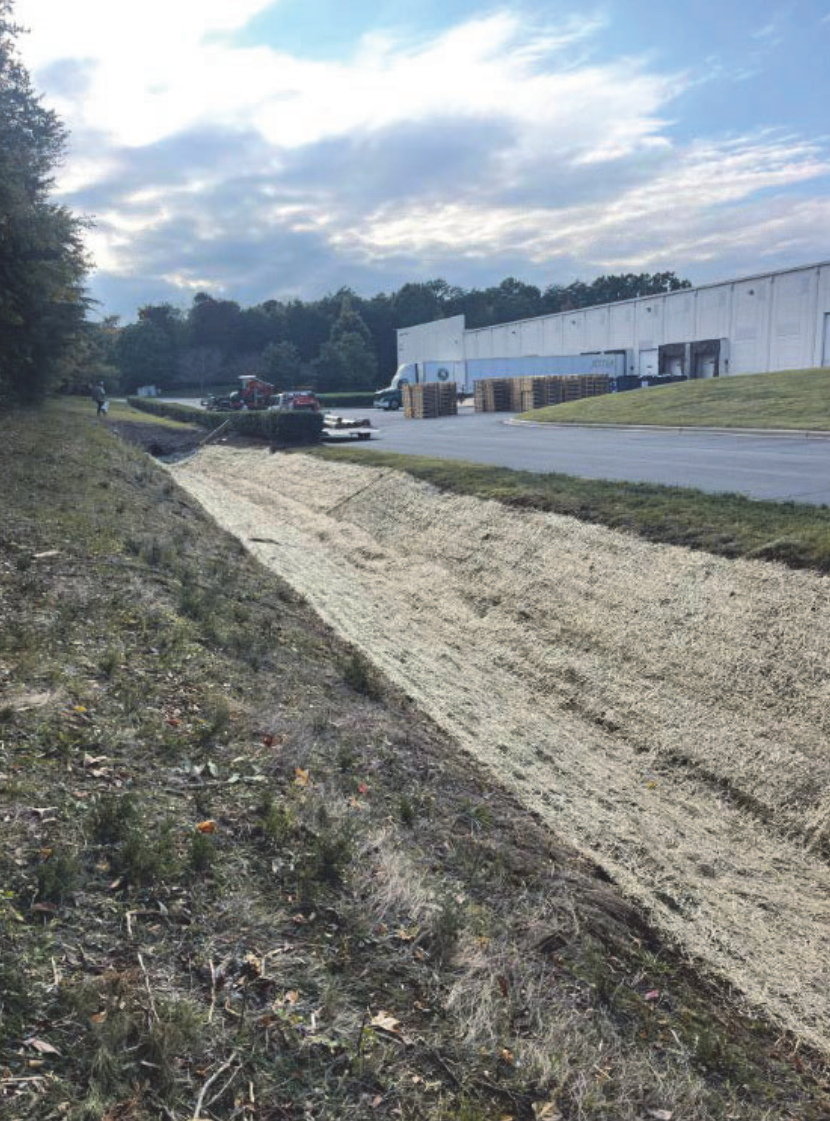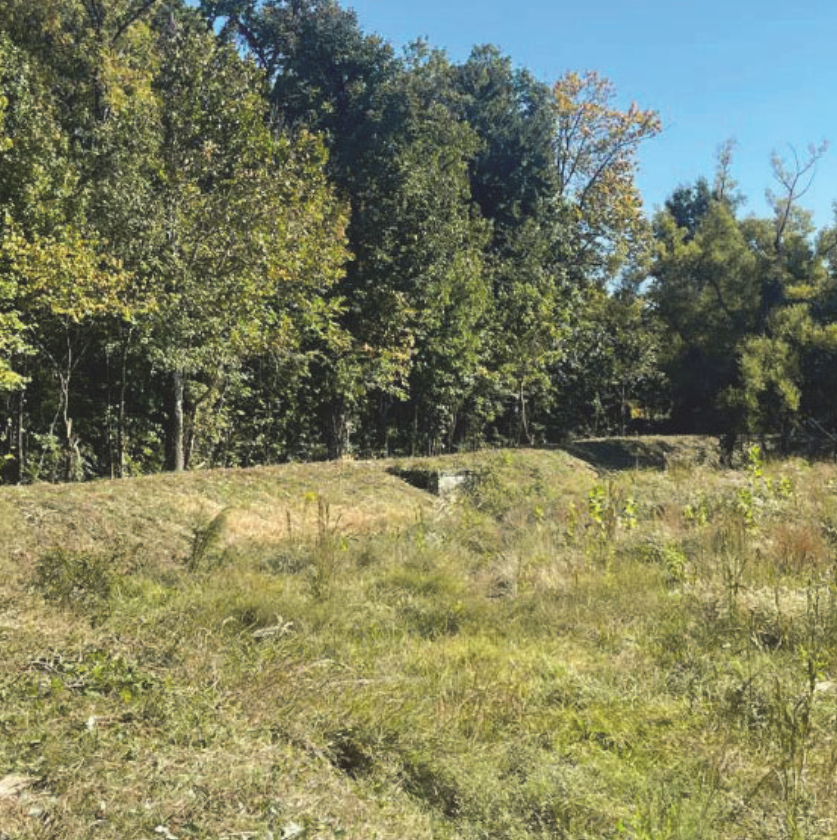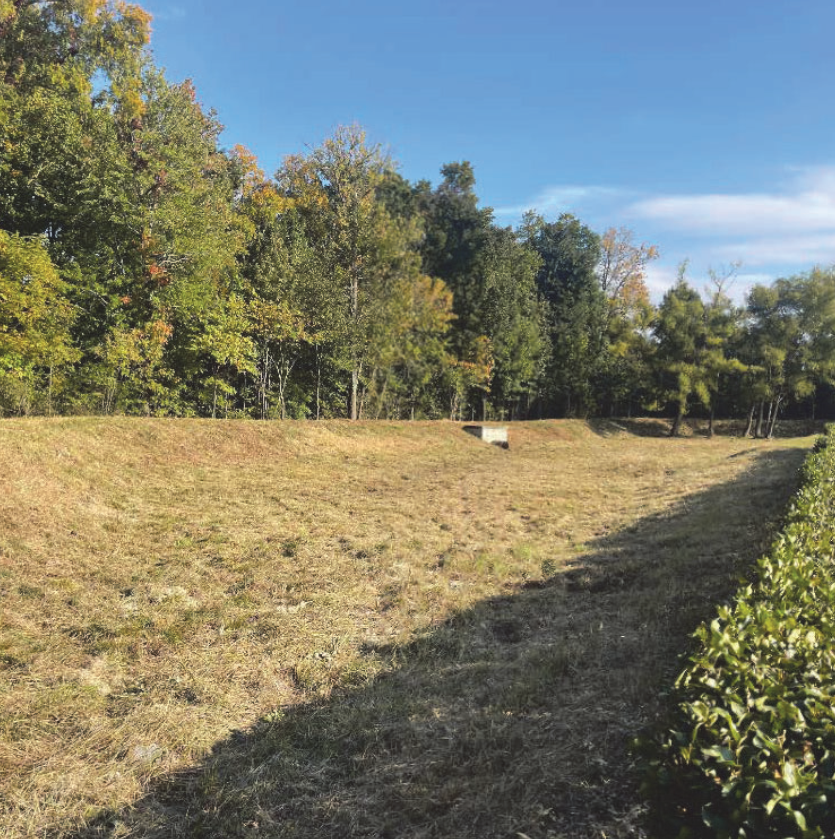Charlotte, N.C. Stormwater Repairs Ensure Compliance
Charlotte N.C. |
Commercial |
Water Management Services in Charlotte, NC
Overview:
This property had not been maintained for several years and was experiencing extreme vegetation overgrowth. AQUALIS was hired to repair the excessive vegetation, erosion and sediment accumulation across various stormwater assets.
Problem:
In preparation for an upcoming city inspection and to ensure full compliance with stormwater management regulations, AQUALIS was contacted to inspect the stormwater system on the property and perform any necessary repairs or restoration. The system was comprised of a detention basin and swale with excessive vegetation overgrowth and sediment accumulation. To return the site to compliance, both the swale and basin required significant repair.
One of the key issues identified was sediment buildup at the inlet leading to the swale. This accumulation restricted water flow and created blockages, reducing flow capacity, especially during heavy rain events. If left unresolved, this can cause flooding and, over time, may result in more severe infrastructure damage to the pipe itself, such as corrosion, pipe sagging or joint failure. Additionally, the inlet concrete flume, which is designed to slow and guide runoff into the drainage system, had become obstructed by sediment buildup and was no longer effective. Built-up sediment in the area needed to be removed and the rip rap needed to be replaced to meet original design specifications and restore optimal performance.
Due to the sediment buildup around the inlet, the swale was also compromised. Sediment and woody vegetation covered the bottom of the swale hindering the capacity of the asset. The sides of the swale were bare, indicating runoff was destabilizing the slope and depositing sediment in the bottom of the basin. Without grass along the slopes, runoff is more likely to lead to erosion and the sediment will be deposited somewhere else inside the stormwater system. This is a common failure of stormwater systems.
The detention basin also required restoration. Over time, woody-stemmed vegetation had grown throughout the pond basin. This type of overgrowth significantly reduces the pond’s stormwater storage capacity, which is critical during heavy rain events. When dry ponds cannot store and control runoff as designed, the result can be standing water, or localized flooding, which poses risks to the property and can result in costly damage.
Another serious concern was a lack of a clear foot path to the control structure, which is essential for regular maintenance and inspections. Without proper access, inspection and maintenance are hindered, creating a safety hazard and compliance issues under local stormwater management standards. The structure must remain visible and accessible at all times to ensure the system functions correctly and can be serviced when needed.

Before

After
Solution:
Work began at the inlet structure, where a mini excavator was used to remove accumulated sediment and riprap. The swale was excavated to remove sediment and woody vegetation, then backfilled and compacted to restore proper elevation and design grade. This ensured that water exited the pipe correctly and was safely slowed to prevent downstream erosion. A layer of filter fabric was placed over the area to separate the soil from the riprap, enhancing stability. The slopes and bottom of the swale were regraded for stabilization, and new riprap was installed at the inlet to protect against erosion caused by incoming flow. All disturbed areas, including the basin bottom, were stabilized using a seed mix, covered with erosion control blankets, and secured with sod staples to prevent future erosion.
To address the dry pond, the team used a brush hog to remove overgrown and woody-stemmed vegetation from the entire pond basin bottom, side slopes and dam crest. Concrete flumes were swept clean to remove any accumulated sediment. Around the outlet control structure, a combination of a brush hog, chainsaws and clippers were used to clear all surrounding overgrowth. This restoration ensured clear and safe access to the control structure, prevented future damage and brought the pond system back into compliance with stormwater regulations.
Stabilization was crucial on this site, as erosion had led to excess sedimentation. Vegetation within stormwater systems should always be maintained as it is crucial to reduce erosion but can quickly grow past recommended size and cause even more issues. If you are experiencing similar issues on your property, AQUALIS is here to assist in maintenance, inspection and repair of stormwater systems nationwide.
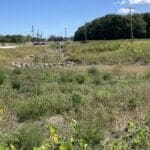 Kenosha, Wis. Highway KR Regenerative Stormwater ConveyanceThe Root-Pike Watershed Initiative Network Kenosha County, and others worked with AQUALIS to design and implement an innovative solution for stormwater control along Highway KR.
Kenosha, Wis. Highway KR Regenerative Stormwater ConveyanceThe Root-Pike Watershed Initiative Network Kenosha County, and others worked with AQUALIS to design and implement an innovative solution for stormwater control along Highway KR.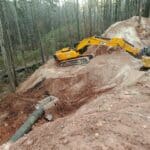 Durham, N.C. Sinkhole Leads to Stormwater System RehabilitationThe tenant on this property noticed a depression that opened to the ground below and notified the property owners.
Durham, N.C. Sinkhole Leads to Stormwater System RehabilitationThe tenant on this property noticed a depression that opened to the ground below and notified the property owners.